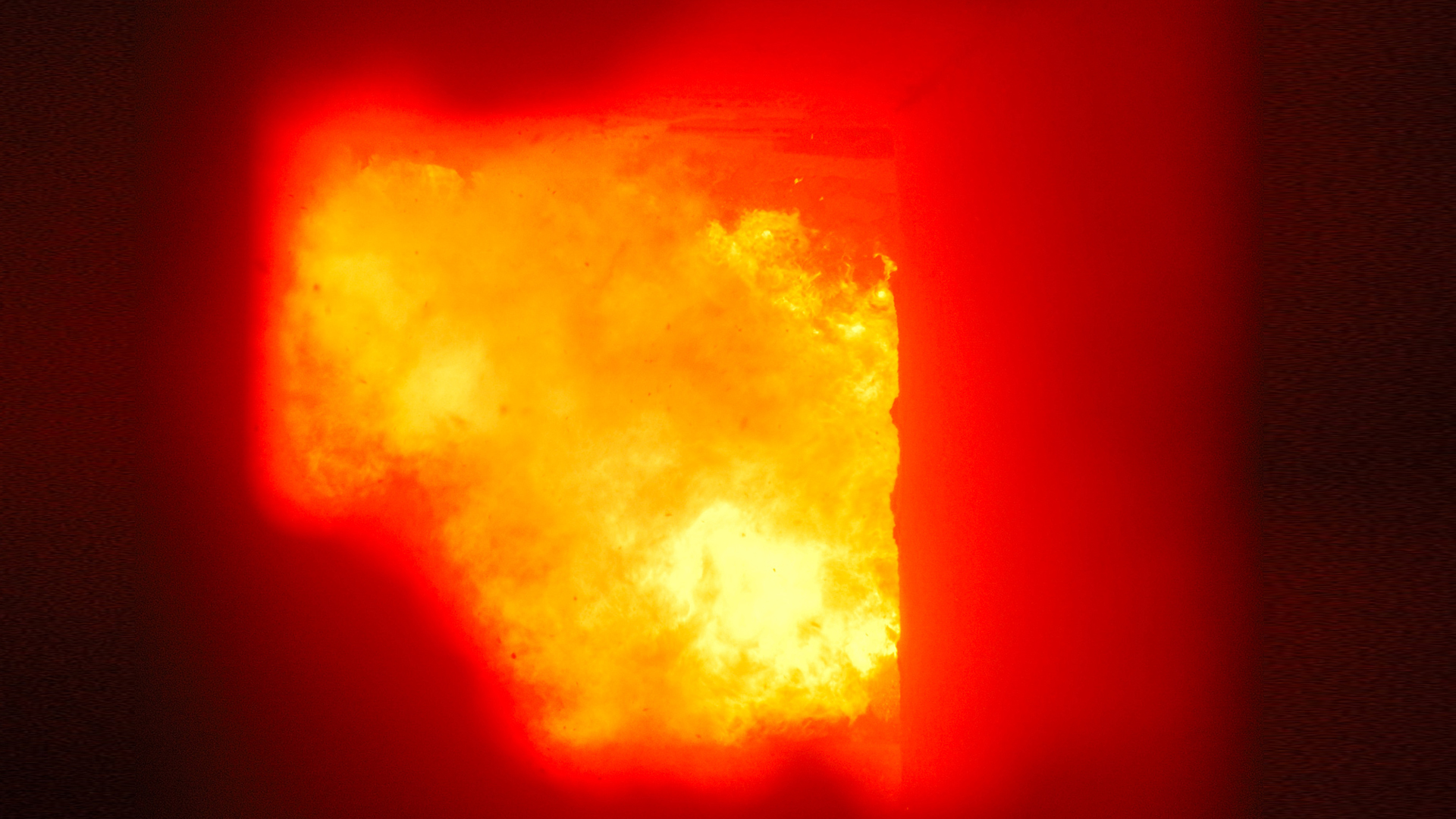
Recycling of Incineration Bottom Ash
Cement Instead of Landfill
- von Birte Vierjahn
- 05.08.2024
Today, copper ore extraction is economically viable from a minimum content of 0.3 percent. Waste incineration produces ash with a fine fraction containing an average of 0.3 to 0.5 percent copper. However, its extraction is only worthwhile if the remaining mineral fraction can be utilized further. The University of Duisburg-Essen and partners from the waste incineration, processing, and cement industries developed a corresponding process in the EMSARZEM project. A practical test in an industrial format was successfully conducted last July.
In 2022, about 25 million tons of waste in Germany were "thermally treated" in incineration plants. Conventional methods like screening, magnetic, and eddy current separators recover around 600,000 tons of metals from the residues. The remaining incineration ash is primarily used in landfills for base seals, functional layers, and other construction measures, even though valuable metals are still present. "Theoretically, incineration ash can be used as a substitute building material in road and earthworks, but in 2020, only about 17 percent was used in this way. The majority still ends up in landfill construction," explains Prof. Dr. Rüdiger Deike from the University of Duisburg-Essen (UDE).
Under the leadership of GKS-Gemeinschaftskraftwerk Schweinfurt GmbH, the nine partners of the EMSARZEM project – Use of Waste Incineration Slag as a Raw Material for Cement Production – have developed an economical, industrially feasible process in the spirit of urban mining. The ash, which has a grain size of 0 to 10 mm, is ground in various stages; different valuable materials are extracted using various separation processes. The metals are primarily separated from the mineral fraction and reintegrated into metal production. The more significant remaining portion – the mineral material – is cleaned depending on its grain size and used as a raw material in cement and concrete production or as a substitute for natural aggregates in concrete applications.
"With this process, from an originally worthless quantity – worthless because it is extremely finely distributed in the waste – theoretically 8,000 tons per year of a copper concentrate can be separated. This would contain about 2,800 tons of copper, 20 tons of silver, and 100 kilograms of gold. However, extraction would only be economically viable if the mineral fraction can be utilized," explains Prof. Deike.
Deike's Metallurgy and Forming Technology working group focuses on the detailed investigation of the separated metal fractions. Prof. Dr. Jutta Geldermann's team (Production Management/UDE) is conducting economic calculations and creating the life cycle assessment of this process. "The EMSARZEM project contributes to the future recovery of raw materials through thermal waste treatment, which would otherwise be irretrievably lost," explains Dr. Ragnar Warnecke, the managing director of GKS-Gemeinschaftskraftwerk Schweinfurt GmbH.
EMSARZEM is funded by the Federal Ministry of Education and Research (BMBF), Germany. The BMBF presents the project in a short film here: [https://video.tu-clausthal.de/film/1398.html](https://video.tu-clausthal.de/film/1398.html).
Picure:
View into the combustion chamber of a waste incineration plant at GKS-Gemeinschaftskraftwerk Schweinfurt GmbH.
Further information:
Prof. Dr. Rüdiger Deike, Metallurgy and Forming Technology, T. +49 203 379 3455, ruediger.deike@uni-due.de
Editor: Birte Vierjahn, T. +49 203 379 2427, birte.vierjahn@uni-due.de
